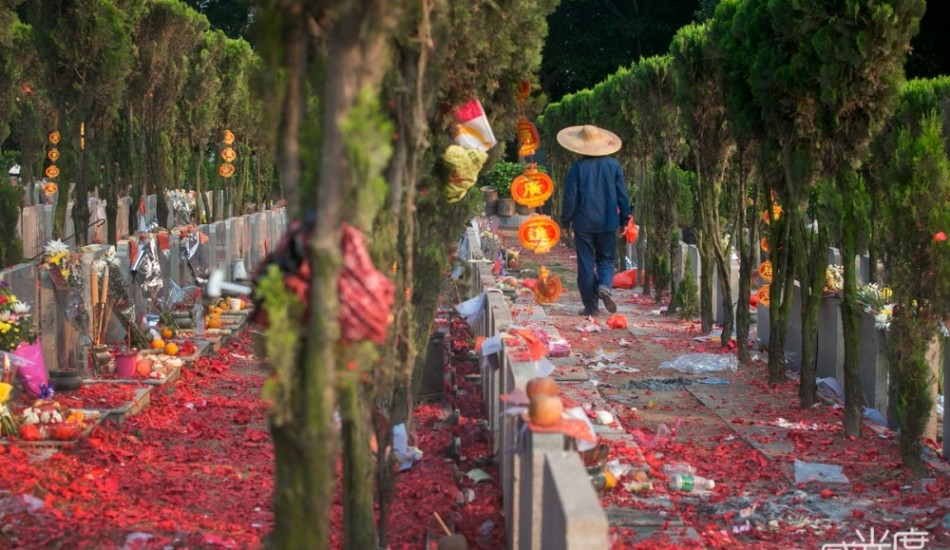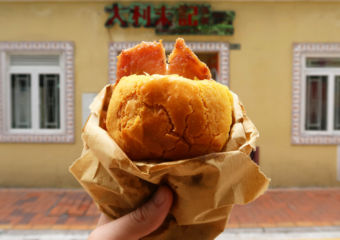Tomb-Sweeping Festival, also called Qing Ming Festival (清明節), literally means “purity and brightness” and refers to the period of time when the Chinese pay homage to their deceased family members and ancestors. The name of the festival originates from Qing Ming (清明), the fifth solar term among the 24 solar terms in the Chinese solar calendar. Qing Ming Festival falls on the first day of the fifth solar term of the traditional Chinese lunar calendar (the 15th day after the Spring Equinox) and falls on either 4 or 5 April every year. With a history of over 2,500 years, the festival was listed as the first national intangible cultural heritage event on May 20, 2006.
Tidying and sweeping the tomb
The heart of the ancient Confucian tradition is to show respect to ancestors and the deceased by visiting their tombs, offering food and drinks, and burning paper money and others. As soon as people arrive at the grave, they would do the clean-up first, clearing off any weeds and twigs around the tombstones and placing flowers, food, and alcohol for the dearly departed. This tidying and cleaning up of the tombs is called sao mu (掃墓) in Chinese. In some places in China, people would set off firecrackers.
Traditional Chinese beliefs dictate that various offerings such as money and other goods could be transmitted to their dearly departed in the afterlife by fire. However, the practice of burning has been banned in many cities in China as local governments have been cracking down on pollution in recent years. Some rich Chinese people even splash out on extravagant and luxurious modern offerings for the dead including iPhones, watches, or handbags, by burning them. The practice creates a great deal of plastic waste, carbon dioxide, toxic chemicals and poses a fire risk. This has partly led to the emergence of environmentally friendly “online tomb-sweeping,” also called “cloud tomb sweeping” (雲掃墓).
By building a virtual grave and uploading the deceased’s photos, audio files, and videos, people can fulfill the whole ceremony with a click of a mouse. Also, thanks to e-commerce, certain private cemeteries, as well as sellers on Chinese e-commerce giant Taobao, offer tomb-sweeping service for those who can’t visit their relatives’ tombs in person, given that millions of Chinese people work far from their hometowns.
However, many people are not supportive of this new way with the view that the high-tech manner shows insincerity and fails to revere the departed. Furthermore, they claim that this goes against traditional Chinese cultural values that require people to actually follow the ceremony, saying that it may impact the closeness between family members.
In Hong Kong and Macau, most people follow the traditional practice of visiting the tombs and bring flowers and other gifts to their deceased family or friends.
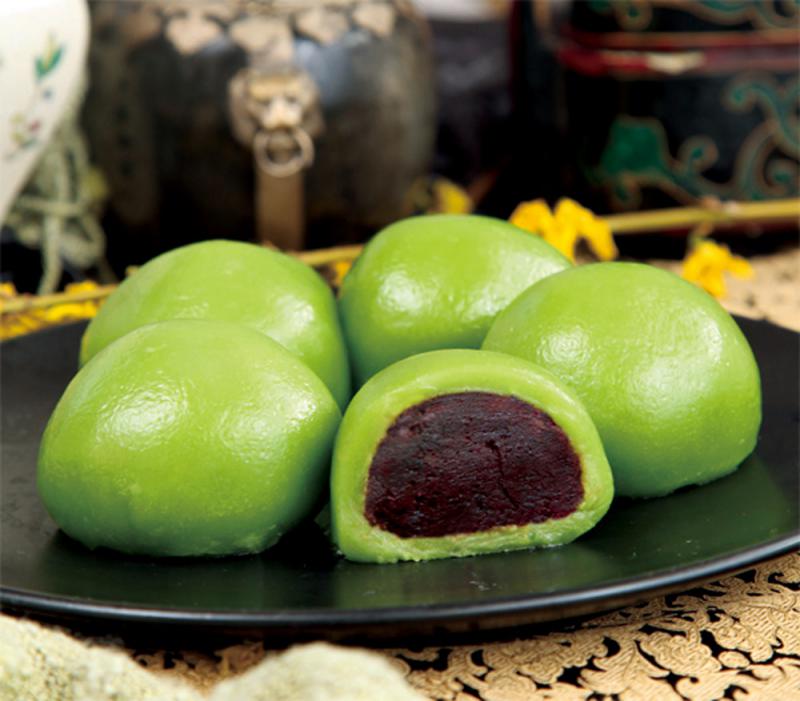
Photo credit: www.takungpao.com.hk
Qing Ming foods and festivities
In southern China, people opt for eating a delectable dessert called qing tuan (青團), a kind of dumpling that’s green and stuffed with sweetened bean paste. The slightly sweet skin is chewy and made of a mixture of glutinous rice powder and Chinese mugwort or barley grass then filled with sweet red or black bean paste. The grass that gives the qing tuan its lovely green color is only edible during the period of the Qing Ming Festival and thus, this dumpling has become associated with the festival.
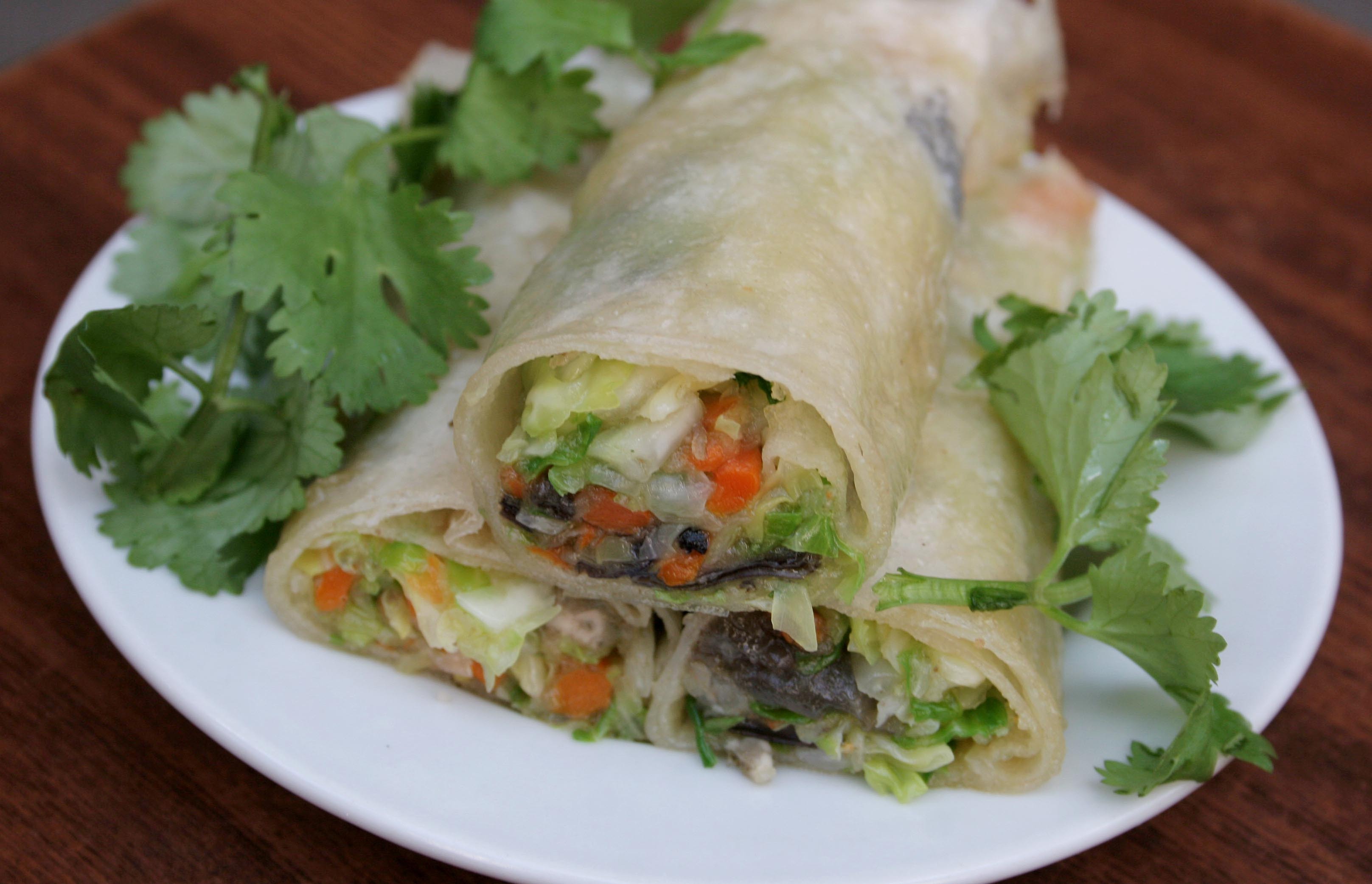
Photo credit: Discover China-China.org.cn
Spring roll (春卷), or spring pancake, is a seasonal and especially popular food for the southern Chinese to eat during this time. Containing carrots, cabbage, dried seaweed, meat, seafood and more, the spring roll wrap is refreshing and reminiscent of spring. Whether you dip it in chili sauce or ketchup, you can’t stop at one roll.
During the festival, some people place willow branches on gates and front doors, believing that this custom can ward off wandering evil spirits during this time. This practice is associated with the Buddhist influence where the Goddess of Mercy, Guanyin (觀音菩薩) often holds a vase with water and willow branches which are used to scare away demons.
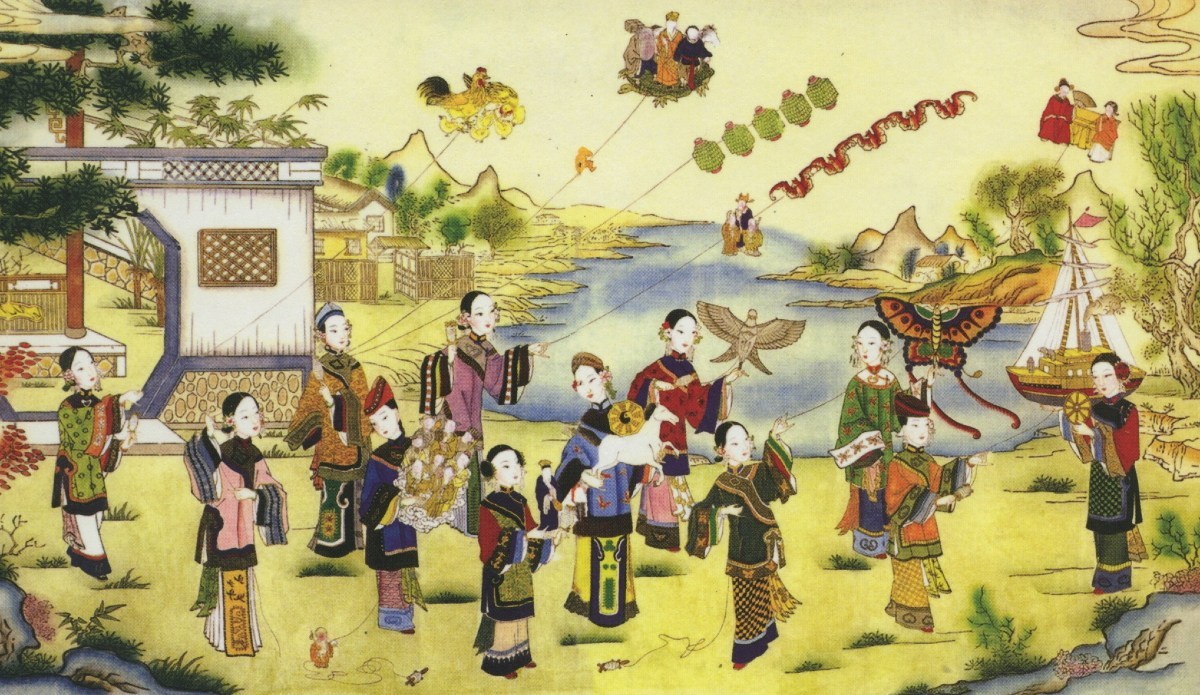
Photo credit: The Daily China
Spring outings and kite-flying
In addition to customs and food, this is a great time for the Chinese to have a spring outing, called ta qing (踏青) in Chinese. This outing is to enjoy the beauty of the Tomb-Sweeping day as the weather starts warming up and a variety of flowers start blooming. The custom originates from the spring worship in ancient farming festivals, having a far-reaching influence on later generations.
Flying kites is also a traditional Chinese custom performed during the Tomb-Sweeping Festival. In ancient times, the Chinese considered flying a kite not as a whimsical kind of amusement but as a form of witchcraft, based on the old thought that flying a kite can let go of bad luck. When flying kites during the Tomb-Sweeping Festival, many people write down all the disasters and sickness they are afraid of on paper kites. Then when the kites are flown, the kite’s line is cut and the paper kites go into the wind, symbolizing their bad luck floating away with the wind.
Qing Ming Festival Don’ts: Taboo
There are certain taboos related to this festival as death is commonly and closely linked with superstitions in Chinese culture. The Chinese have long been attaching great importance to picking a proper time to do things such as marriage or a funeral. Thus, during the Tomb-Sweeping Festival, Chinese people would usually not marry on this day, a date that is a distinct clash with anything auspicious. When people mourn for the dead, such an atmosphere is very unsuitable for weddings and other happy events.
Another thing to note is that those born during Tomb-Sweeping Festival usually don’t celebrate their birthday on this day. The celebration is usually postponed or celebrated in advance to avoid the melancholic atmosphere.

